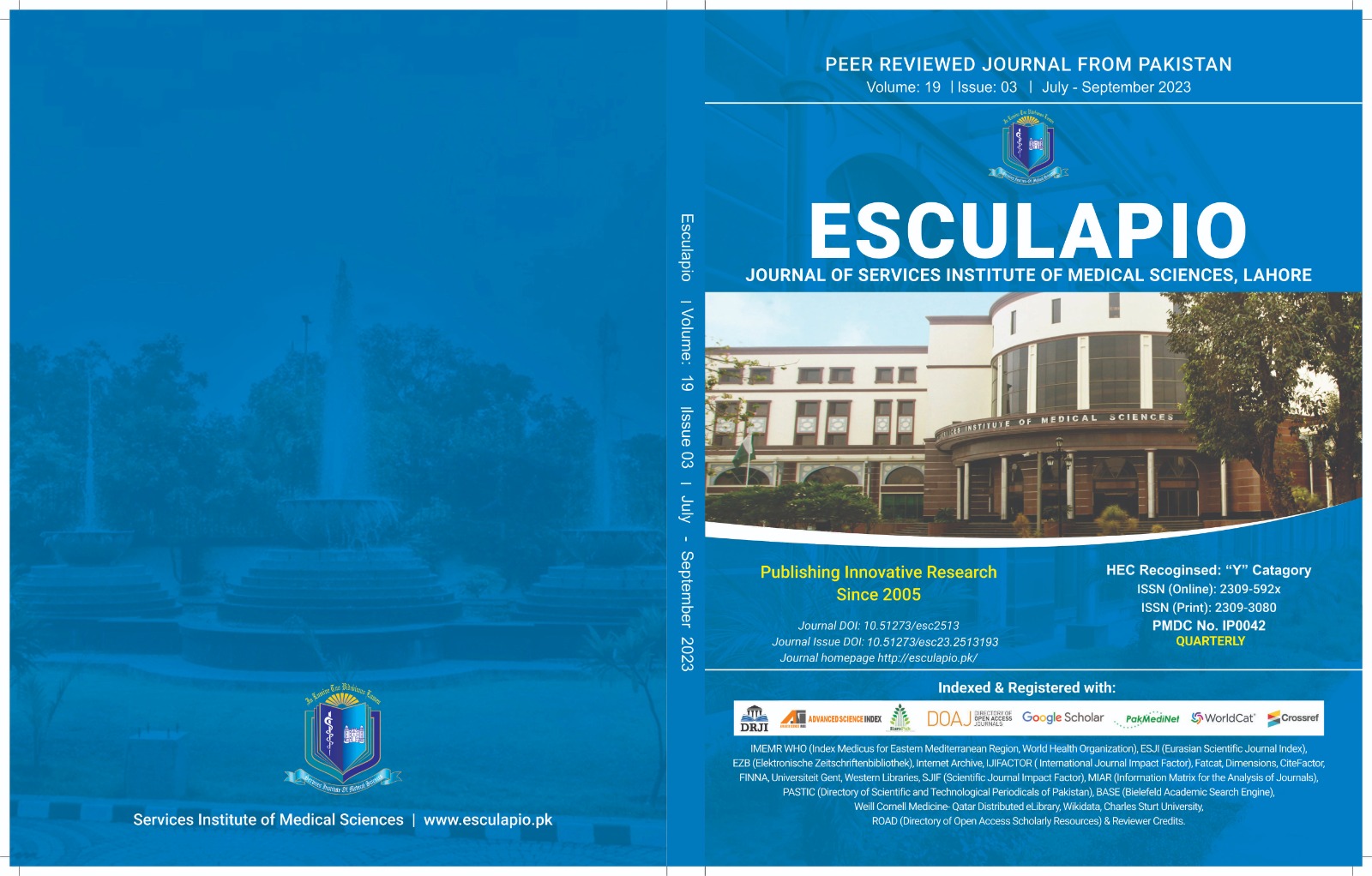Challenging the Safety Profile of Bipolar TURP Regarding Dilutional Hyponatremia
DOI:
https://doi.org/10.51273/esc23.25131935Keywords:
surgery, sodium, glycineAbstract
Objective: To measure the extent of Dilutional Hyponatremia after Transurethral resection of prostate using Bipolar Resection Technique.
Material and Methods: The study was conducted at Social Security Teaching Hospital Lahore. The study was carried out between 1st June 2022 to 30th November 2022. All patients who were candidates of surgical option and were planned TURP were included. They had pre-operative sodium levels done and this was compared to post operative levels on first post operative day. All patients included in the study had moderate prostate size and had resection time less than one hour.
Results: Total 45 patients having undergone bipolar TURP were included in the study. Among these 45 patients, 19 patients had a decrease in sodium levels postoperatively ,further in these 19 patients, 14 patients had a decrease of less than 5 mEq/L .In 2 out of total 45 patients the sodium levels remained same post operatively. In 24 patients out of total 45 there was an increase in sodium levels, further in these 24 patients ,19 patients had an increase of less than 5mEq/L . In all 45 patients no clinical symptoms of dilutional
hyponatremia were observed.
Conclusion: There was no significant dilutional hyponatremia seen after bipolar TURP and wherever observed did not caused any clinical impact , proclaiming Bipolar TURP as a safe option for prevention of dilutional Hyponatremia during surgery for Benign prostate enlargement (BPE).










